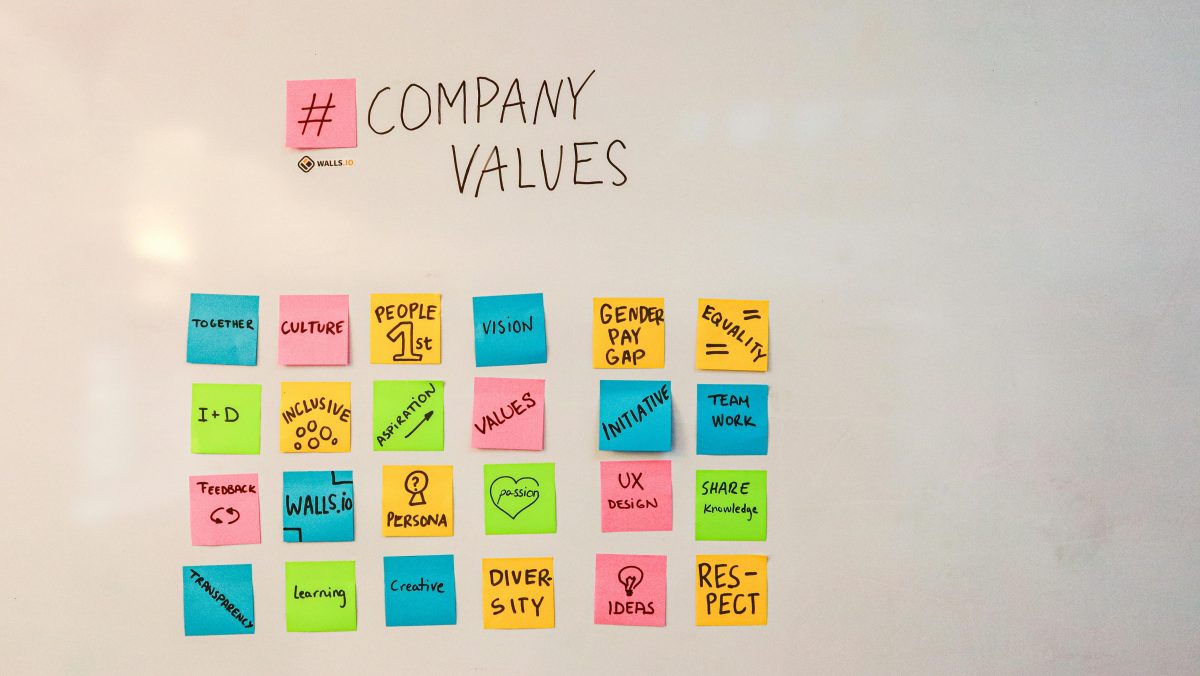Our reality has been transformed and so has this framework, reconfiguring itself to arrive at the present day defined as a BANI environment: Fragile, Anxious, Non-linear and Incomprehensible.
According to BANI, what was a volatile and unpredictable environment has become fragile, in which any factor can affect the system, causing it to falter. And in an environment as hyperconnected as ours, it is much more complicated to detect the cause-effect of this fragility and identify what the determining factor is. This is why the attributes ‘non-linear’ and ‘incomprehensible’ are added.
Our society and our companies must be able to understand this systemic framework and its continuous changes in order to ultimately be an active part of those changes and have decision-making power. To this end, there are certain projective techniques that are useful for organisations to be prepared and resilient to change. These techniques fall under the discipline of Future Design.
The discipline of futures design, also called foresight, is structured in a framework where futures are displayed on a projected cone. In this vision, there is not one future, but an infinite number of futures are projected and categorised as Probable, Plausible and Possible according to their probability; and as Desirable or Undesirable according to our assessment of them.
Jim Dator, an expert in futures design, grouped the possible futures into four categories according to their trend:
- Continuist future: Possibility that the future will have an increasing trend. Normally this type of approach is the one chosen to mark the two-year strategy of companies. What in companies is called ‘Business as usual’.
- But it is very interesting to project in speculative exercises of the other three categories:
- Collapsed future: What would happen if a determining factor in our environment were to collapse? How much can the collapse of one factor affect the rest? We still remember the collapse of shipping through the Suez Canal and how it disrupted all international transport. It seems to make sense to project scenarios of possible collapses in the next five years in order to detect the dependencies of global interconnected systems.
- Future Discipline: A future in which a possible collapse is detected is likely to generate a reaction in the present that leads to a discipline, to straighten the trend curve. Climate change and current sustainability regulations could be framed as an attempt at ‘discipline in the face of climate collapse’.
- Future of Transformation: This is a future in which an event transforms reality by changing the current paradigm and the lens of probable futures and does so by exponentially increasing growth in the future. Does AI and its implications mean that we are facing this scenario? Has the current paradigm changed so much that probable futures need to be reconfigured? Will it generate exponential growth?
Conclusions
This area of futures design is no longer the sole preserve of innovation consultancies; it has spread this decade through the banking and retail sectors and even public institutions, since it is not a question of ‘guessing’ the future, because the future does not exist, it is a question of being as well prepared as possible for possible future scenarios.
Nowadays, it is important for companies to invest time and resources in prospective work and future design, with internal and proprietary studies. But the most important thing is not to limit ourselves to merely observational ‘future studies’. In my opinion, the most interesting and useful aspect of this discipline is its prescriptive nature, which allows us to project the most appropriate paths to reach desirable futures.








